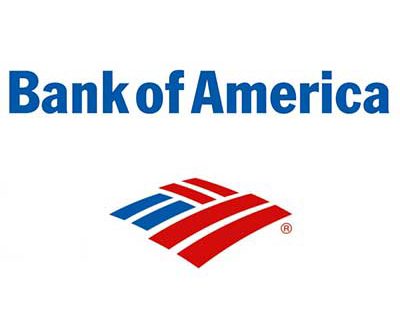
Chase Sapphire 48 Month Rule Explained [2021]
Knowing how to navigate credit card application rules is extremely important for optimizing your credit card rewards. If you don’t know what you’re doing or you simply are not aware

Knowing how to navigate credit card application rules is extremely important for optimizing your credit card rewards. If you don’t know what you’re doing or you simply are not aware

Bank of America has long favored applicants who have some type of account with them. This is one reason I always struggled to get approved for Bank of America cards

Barclays has an interesting set of credit card application rules. They do not have any hard and fast rules but a series of different rules that may or may not

Offers contained within this article maybe expired. There are a lot of credit card application rules for American Express cards and they require you to keep tabs on a lot

It’s always important to be aware of the latest credit card application rules and restrictions so that you can avoid unnecessary credit card application rejections and formulate a good credit
| Cookie | Duration | Description |
|---|---|---|
| cookielawinfo-checkbox-analytics | 11 months | This cookie is set by GDPR Cookie Consent plugin. The cookie is used to store the user consent for the cookies in the category "Analytics". |
| cookielawinfo-checkbox-functional | 11 months | The cookie is set by GDPR cookie consent to record the user consent for the cookies in the category "Functional". |
| cookielawinfo-checkbox-necessary | 11 months | This cookie is set by GDPR Cookie Consent plugin. The cookies is used to store the user consent for the cookies in the category "Necessary". |
| cookielawinfo-checkbox-others | 11 months | This cookie is set by GDPR Cookie Consent plugin. The cookie is used to store the user consent for the cookies in the category "Other. |
| cookielawinfo-checkbox-performance | 11 months | This cookie is set by GDPR Cookie Consent plugin. The cookie is used to store the user consent for the cookies in the category "Performance". |
| viewed_cookie_policy | 11 months | The cookie is set by the GDPR Cookie Consent plugin and is used to store whether or not user has consented to the use of cookies. It does not store any personal data. |
